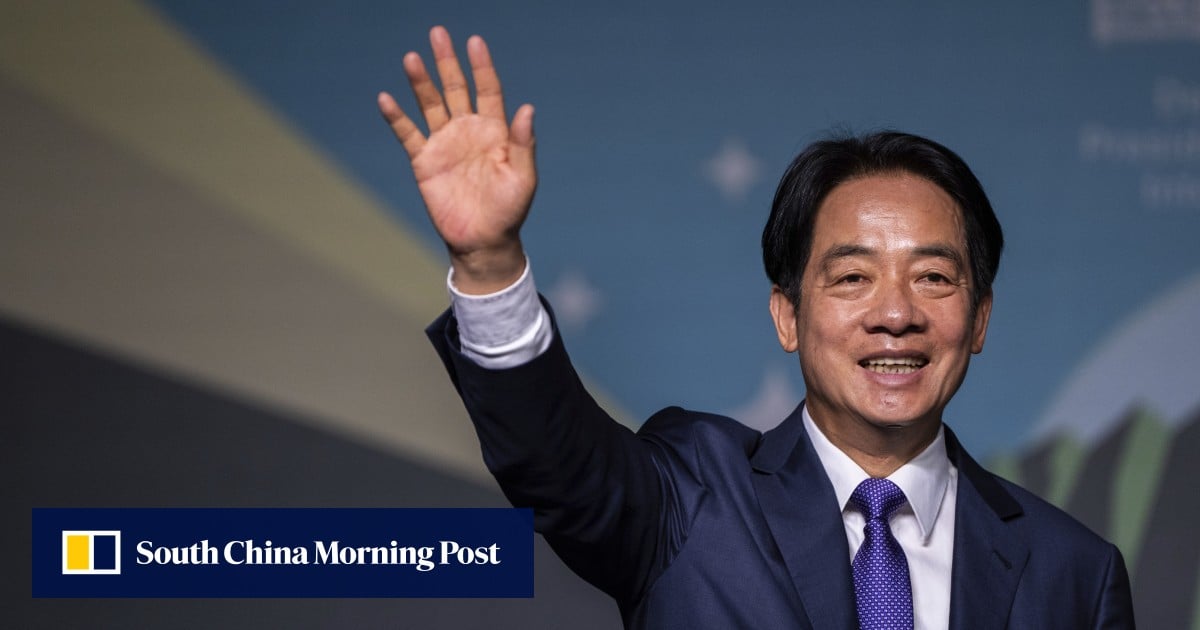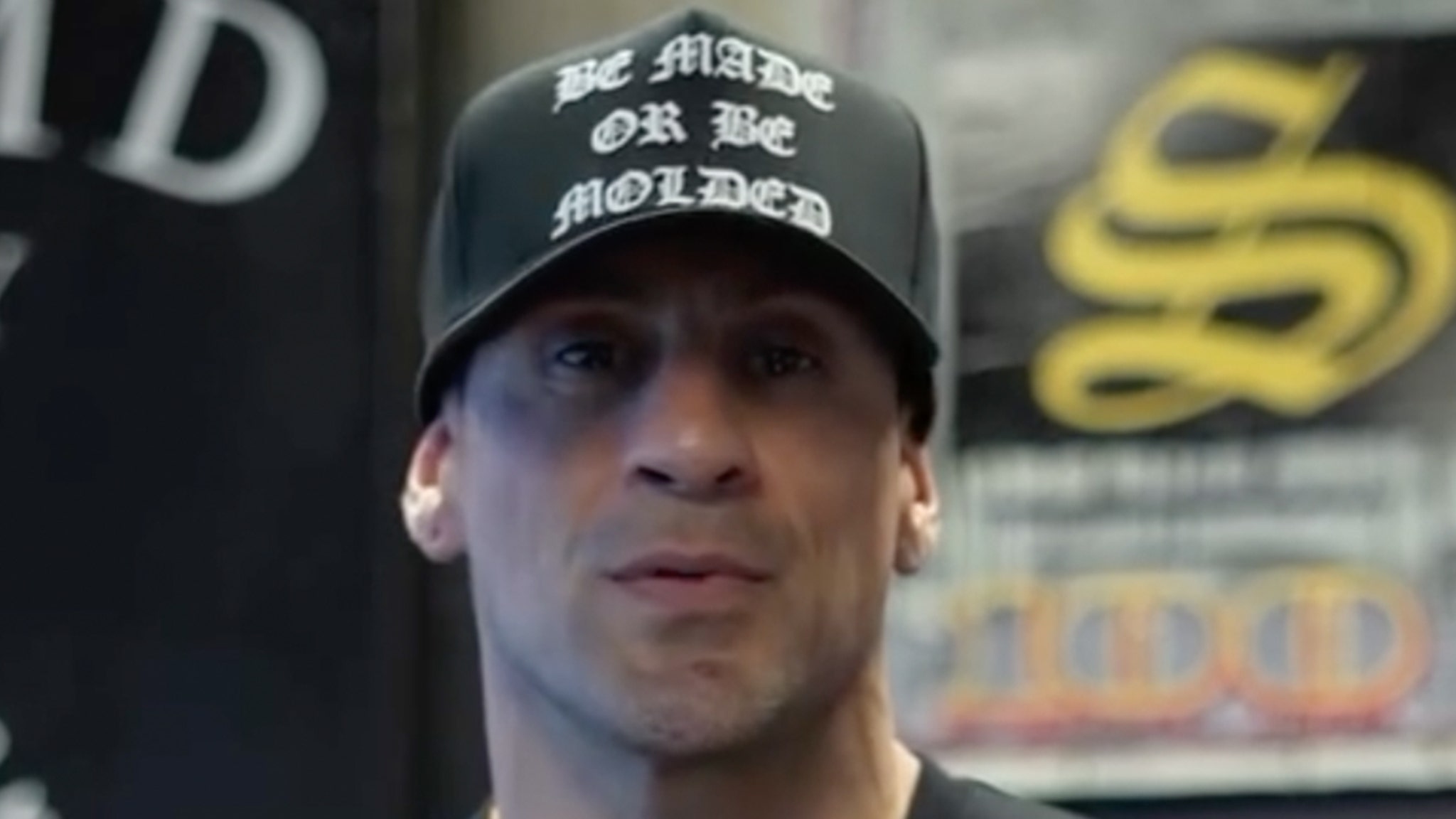Travel
Beijing wields warplanes, trade and travel to pressure Taiwan’s next president

While the flight was perceived as a PLA attempt to unnerve the island, Beijing authorities signalled goodwill with plans to ease restrictions on group travel to Taiwan and resume imports of several Taiwanese food products.
Beijing bets on Ma Ying-jeou trip to help win Taiwanese hearts and minds
Beijing bets on Ma Ying-jeou trip to help win Taiwanese hearts and minds
Additionally, a senior mainland customs official informed the visiting lawmakers that imports of Taiwanese pomelos and two types of seafood would resume. These imports had been banned in August 2022 in retaliation for a visit to Taiwan by then US House speaker Nancy Pelosi.
Fujian to lead the way as Beijing eases curbs on group travel to Taiwan
Fujian to lead the way as Beijing eases curbs on group travel to Taiwan
However, critics in Taiwan have seen these mixed signals of conciliation and intimidation as a “carrot and stick” approach to coerce the island into accepting reunification with mainland China.
Beijing sees Taiwan as its territory that must be reunited with the mainland, by force if necessary. Like most countries, the United States – the island’s biggest arms supplier – does not recognise self-ruled Taiwan as independent but opposes any unilateral change of the cross-strait status quo by force.
Commenting on the situation, Wang Ting-yu, a legislator from Taiwan’s ruling Democratic Progressive Party (DPP), said: “The KMT group has boasted about their visit, calling it an ice-breaking and rewarding trip. But while they were in China, [Beijing] sent warplanes to harass us just 37 nautical miles off northern Taiwan.”
Cross-strait relations have deteriorated over the past eight years since Tsai Ing-wen of the independence-leaning DPP was elected as the island’s president. Tsai refused to accept the one-China principle, which Beijing considers the foundation for communication between the two sides. In response, Beijing suspended official exchanges with Taiwan and intensified pressure on the island through military, diplomatic and economic measures.
Since the election of the DPP’s Lai as president in January, mainland China has escalated military intimidation against Taiwan.
According to the island’s defence ministry, PLA warplanes have conducted more frequent sorties to areas closer to northern Taiwan in recent months, crossing the median line that unofficially separates the two sides of the Taiwan Strait.
The ministry has detected PLA warplanes flying closer to Pingtung and Kaohsiung in the south, with the closest around 40 nautical miles away, indicating Taiwan would have less time to respond in the event of an air attack by Beijing.
Beijing has labelled Lai an “obstinate separatist” who would bring war to Taiwan.
Analysts suggested the growing intimidation was part of Beijing’s dual strategy to pressure Lai ahead of his inauguration on May 20.
Zivon Wang, an analyst at the Chinese Council of Advanced Policy Studies think tank in Taipei, explained: “Beijing only wants to engage with those who accept the ‘1992 consensus’ and its one-China principle.”
The 1992 consensus refers to a tacit understanding reached that year by Beijing and the KMT that for the two sides to continue talks, they must recognise there is only one China – but each side can have its own interpretation of what that China stands for.
“Along with the economic incentives, sending warplanes closer to Taiwan to increase intimidation is part of a dual strategy to force the incoming administration to compromise and accept the consensus if it wants talks,” Wang of the Taipei think tank added.
He emphasised that Beijing’s goal concerning Taiwan was to end the island’s separate existence while incorporating it into the mainland under the “one country, two systems” model applied in Hong Kong.
“Beijing is uncertain what Lai would do after taking office – whether to follow Tsai’s cross-strait policy to maintain the status quo or to push the independence red line,” he said.
“The ‘carrot and stick’ approach serves to caution the incoming administration to remain prudent in its policy towards the mainland.”
He said Beijing was not expected to take more aggressive steps against Taiwan between Lai’s inauguration on May 20 and the US presidential election on November 5, although it was likely to continue its pressure campaign against the island.
He said Beijing might adopt a wait-and-see approach to assess the outcome of the US presidential election and the policies of the new administrations in Taipei and Washington.
Incoming Taiwan cabinet to feature fresh faces but security left to old hands
Incoming Taiwan cabinet to feature fresh faces but security left to old hands
KMT legislator Chen Yu-jen, who took part in the visit to the mainland, said it was “understandable for Beijing to adopt a ‘conciliation and threat’ strategy in dealing with the island”.
“The Chinese mainland’s objectives towards Taiwan have not changed and, therefore, their two-pronged strategy remains unchanged,” she said.
“On the one hand, Beijing may extend more olive branches to the island, but on the other hand, it will not cease sending warplanes circling Taiwan and increasing maritime patrols.”
Since February, Beijing has intensified maritime patrols around a group of islets, including Quemoy, also known as Kinmen, and Matsu – both controlled by Taiwan. This escalation followed shortly after a boat accident that resulted in the death of two mainland fishermen during a chase by Taiwan’s coastguard.
Taiwan’s intelligence chief Tsai Ming-yen also highlighted Beijing’s “carrot-and-stick approach” towards the island as aiming to influence the incoming government’s cross-strait policy.
“What needs special attention is that following May 20, from June to November, is when the Chinese Communists hold their regular military drills,” he said.
“We are closely monitoring whether Beijing would use this period as an excuse to conduct more aggressive military drills to further pressure Taiwan.”








